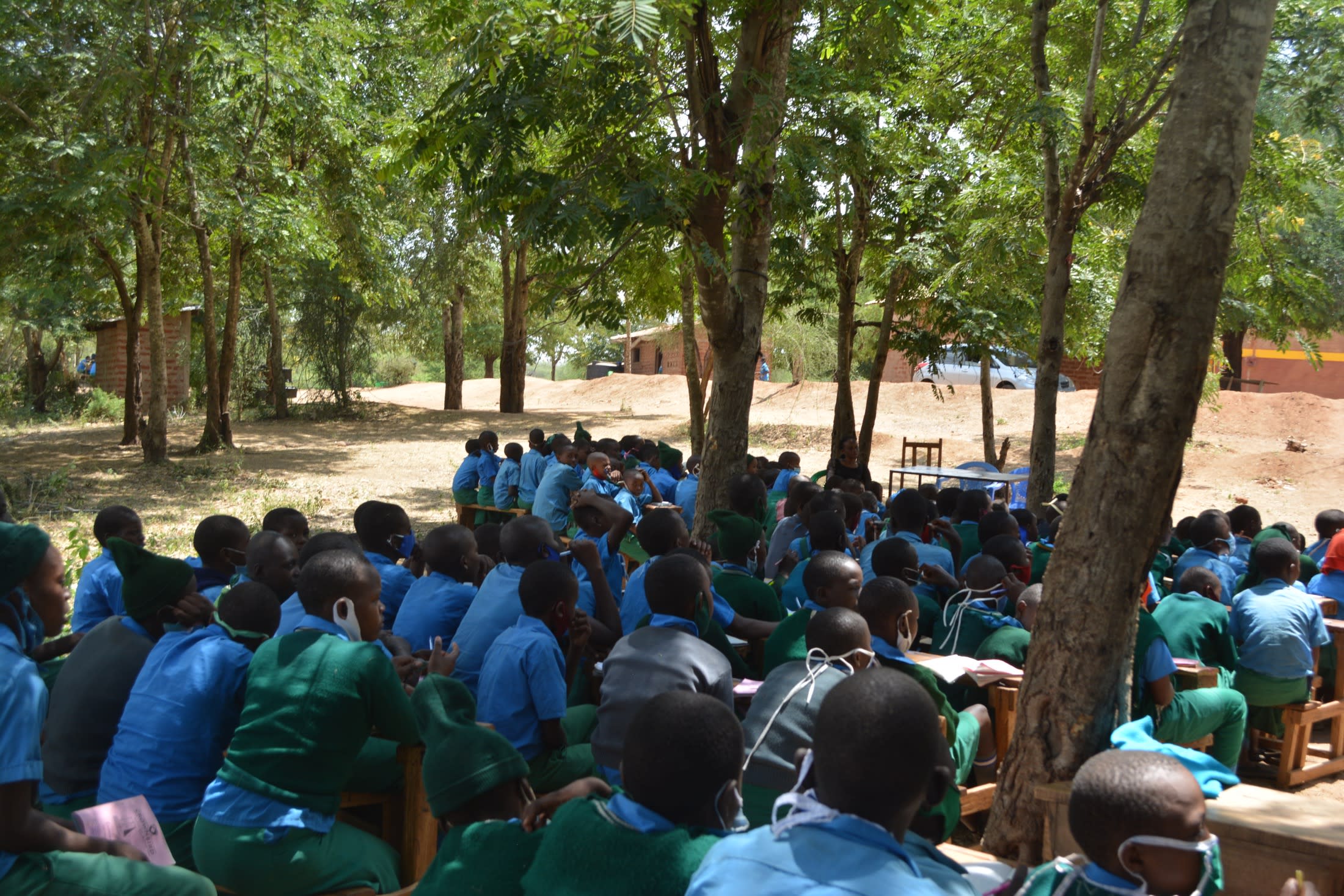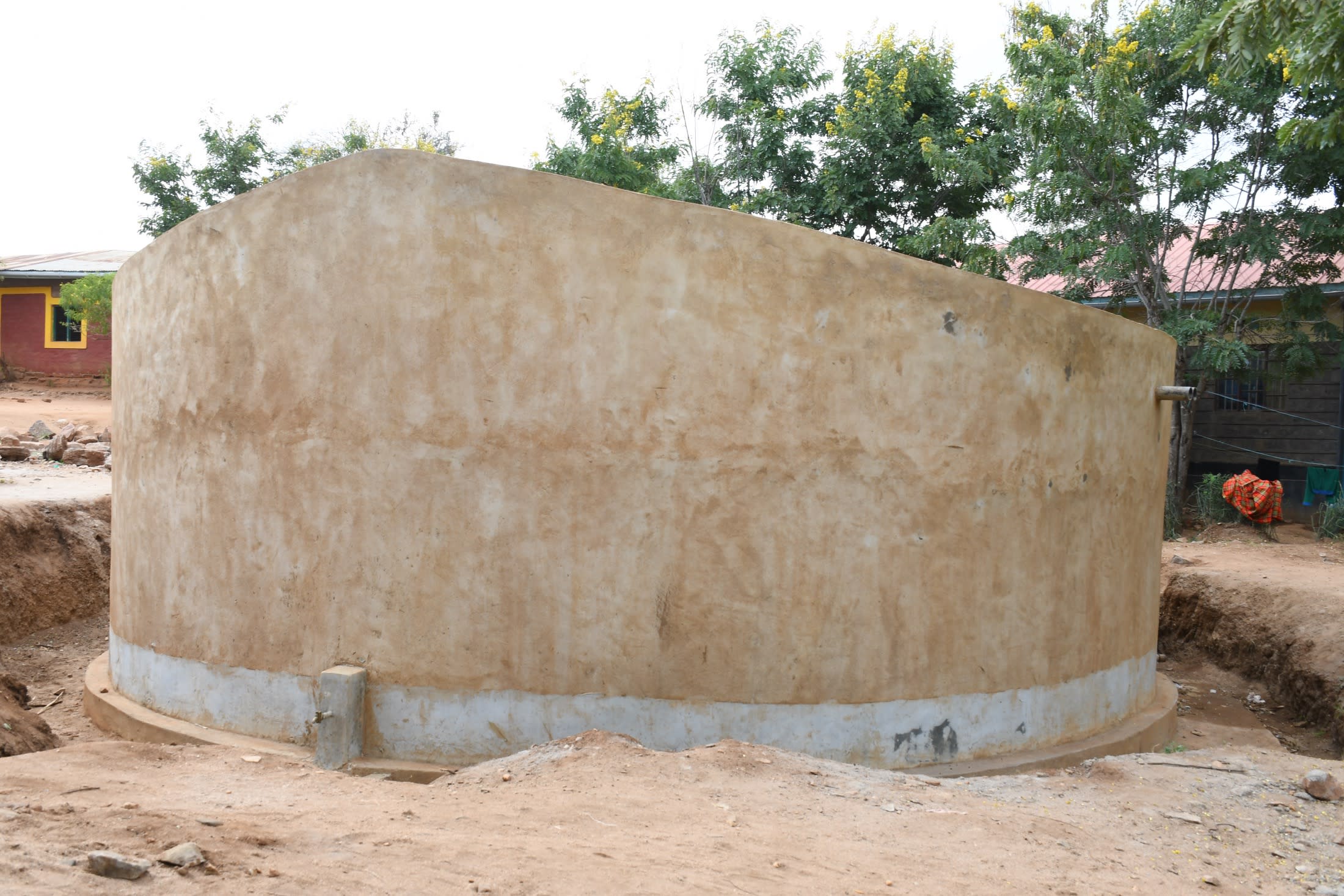Kalatine Primary School was started by the Kalatine community in 1980 to serve as a learning center for children of the locality who had been traveling long distances to access education. The school is found on a small piece of land shared with Kalatine Girls' High School. The compound has classrooms, a staff room, student dormitories, and latrines. The school has invested in tree planting and as a result, the school enjoys significant tree coverage.
The school has no source of water for its 375 students.
The school relies on students carrying water to school from their homes every day. The boarding students are required to walk to a river source each evening and get water to sustain their activities in school. This contributes to a huge wastage of time which could otherwise be utilized in academic-related affairs.
"As a boarding student in this school, I have never had enough water to conduct my personal cleaning activities," said pupil Elijah.
"We are always required to walk to the river and fetch water for our use. It is such a tedious exercise and a majority of us come back tired, leading to poor concentration in class"
The lack of water significantly impacts the school. Because there is no reliable source it often runs out. The school feeding program has been halted on several occasions due to the lack of water to sustain the activity. Students like Elijah suffer from having to get water each day and the school is unable to provide the necessary investments in the students to improve their learning experience.
"Our school lacks a reliable water source which makes life difficult for teachers and students. The school has experienced a slow growth rate despite the students' good performance as many potential parents are concerned by the lack of a reliable water source in school," explained Head Teacher Faith Muthengi.
Rain Tank
We will build a 104,000-liter rain tank for this school. Because of how rarely it rains in Southeastern Kenya, this tank's large volume is designed to store as much water as possible during the seasonal rains, making more water available through the dry months. This water will benefit the students, teachers, and supplementary staff.
Parents will mobilize the materials needed for construction, including sand, stones, and water. They will also lend their strength and time to help with the construction. We will complement their materials with a skilled artisan to lead the project in addition to providing the tools, lumber, metal, cement, and gutter system.
As soon as the tank has time to cure, it can begin collecting rainwater for the school's use.
Training
We will train students and staff on sanitation, hygiene, and other topics for 1 day. Those in attendance will form a school health club that will promote good hygiene and sanitation practices both at school and at home. They will learn all of the steps to proper handwashing, how to treat water, and how to keep their environment clean. The school will also be taught how to best oversee and maintain their new rain tank and handwashing stations.
Handwashing Stations
A total of 3 handwashing stations will be installed upon the project’s completion and before training. These are 1,000-liter plastic tanks fitted with 3 taps each, allowing 9 students to wash their hands at once. The student health club and school management will be responsible for making sure the tanks are filled with water and that a cleaning agent such as soap or ash is always available.

 Rainwater Catchment
Rainwater Catchment
 Rehabilitation Project
Rehabilitation Project































